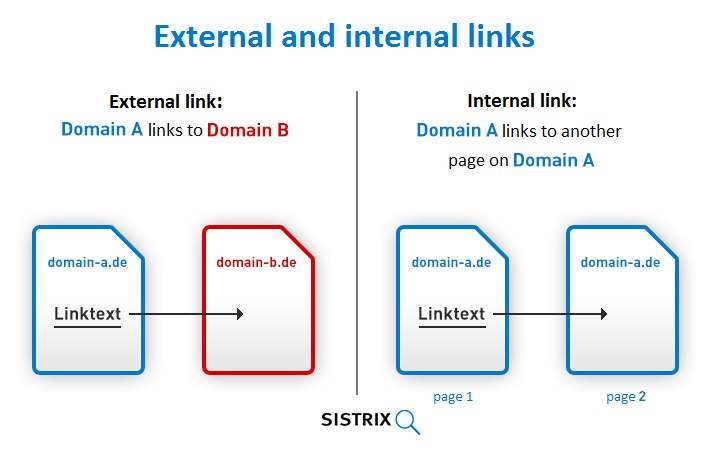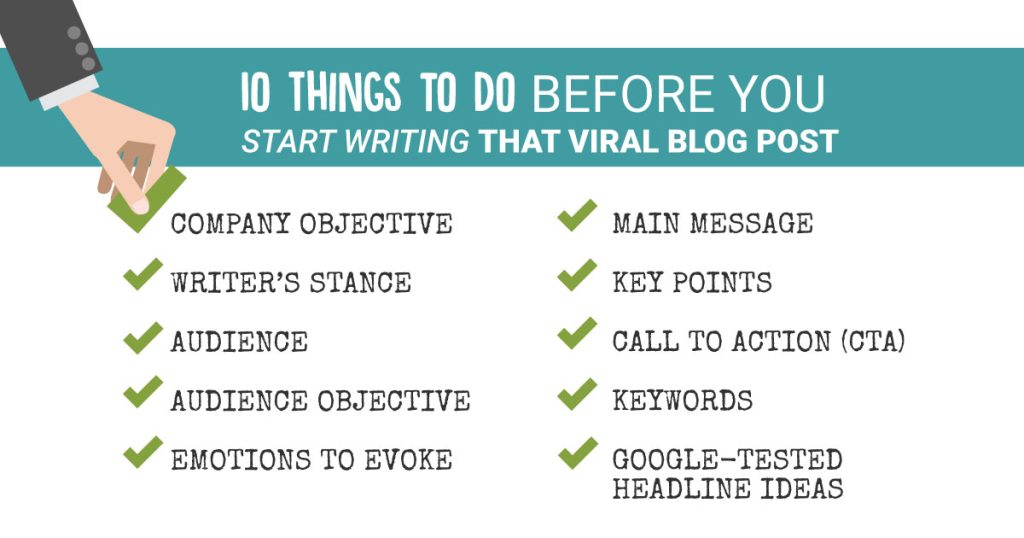Crafting powerful SEO content is essential for online success. It is the bridge connecting businesses with potential customers through engagement.
Introduction
In today’s highly competitive digital marketplace, mastering the art of search engine optimization (SEO) is paramount for businesses seeking to thrive online. By crafting compelling and optimized content, you can attract a targeted audience, boost organic visibility, and ultimately drive business growth.
Powerful SEO content serves as the cornerstone of a successful online presence. It is the bridge connecting businesses with potential customers through relevant and engaging material. By aligning your content with search engine algorithms and user intent, you can significantly enhance your website’s authority and credibility.
To unlock the full potential of SEO, it’s essential to adopt a strategic approach. This article outlines seven indispensable steps to create powerful SEO content that not only captivates readers but also excels in search engine rankings. Remember, Powerful SEO content goes beyond keyword stuffing; it’s about understanding your audience’s needs and providing value-laden content that resonates with their search queries.
Step 1. Visualize and Create Content First – Research and Gather Ideas
To craft powerful SEO content, it is essential to begin with a well-thought-out plan in your mind. Engage in thorough research and gather the right ideas before you dive into writing. Consider the core concepts you wish to convey and how they can deliver genuine value to your audience. Visualization and content creation are fundamental steps in the process of developing robust and impactful SEO content.
Before you write any words or format sentences, it’s crucial to have a clear vision of what you want to communicate to your audience. This entails deeply exploring your chosen topic and thoughtfully brainstorming innovative and creative ideas that will capture the reader’s interest.
To guide the direction of your content, start by asking yourself the following questions:
- What challenges or problems is your audience facing that you aim to address?
- How can your content offer unique insights or valuable information to the reader?
- What fresh ideas can you introduce to differentiate yourself from competitors?
Once you have generated these ideas and made informed decisions, you will be prepared to organize them into cohesive and engaging content that aligns with your powerful SEO content strategy and meets SEO best practices. Always remember that innovation and originality in your content are crucial for achieving long-term success and providing a valuable experience to your readers.
Step 2. Content Structure for Enhanced Readability and Inclusion of Long-Tail Keywords
To develop powerful SEO content, it is crucial to make your material easy to read and digest. Incorporate keywords that extend beyond simple one or two-word phrases to include longer, more specific phrases that are often less competitive. A well-organized content structure is considered one of the key elements for success in content SEO.
When preparing content for search engines, it is essential to systematically organize your information into clearly defined paragraphs, headings, and subheadings. This not only aids in the readability of your content for site visitors but also enhances their understanding of the material.
Content Structure to Improve SEO
- Main Title (H1): Your main title should incorporate an attractive and clear keyword that encapsulates the essence of your content.
- Subheadings (H2, H3, etc.): Utilize subheadings to structure the content effectively, making it easier to read. It is advisable to include long-tail keywords within these headings as well.
- Paragraphs: Keep paragraphs short and informative, ensuring they are rich in useful information while containing a balanced amount of keywords—avoid keyword stuffing.
- Lists: Use bullet points or numbered lists to present items or steps clearly and understandably, making content easier to digest.
- Tables: When appropriate, employ tables to simplify complex data or facilitate comparisons between different pieces of information.
- Images and Videos: Incorporate images and videos to reinforce your text and clarify concepts. Ensure that file names and alt text align with your keywords for better SEO optimization.
- Internal and External Links: Adding both internal and external links enriches your content and increases its relevance, providing additional value to readers.
By employing these structural techniques, you will not only enhance the user experience and readability of your content, but you will also facilitate search engines in understanding and categorizing your material. This, in turn, increases the likelihood of your site ranking at the top of search results.
Step 3. Craft an Engaging Headline and Accurate Lead
Headlines and leads are pivotal factors that entice readers to click on your powerful SEO content. It is essential to ensure that they are not only interesting and relevant but also contain targeted keywords.
1. Create an Engaging Headline
The headline serves as the initial interface that captures the attention of both readers and search engines alike. Therefore, you should focus on crafting a headline that incorporates vital keywords while accurately reflecting the content of the page. Your headline should be engaging, clear, concise, and capable of compelling readers to click and delve deeper into the material.
2. Develop a Thought-Provoking Descriptive Lead
The lead functions as an essential follow-up to the headline, appearing directly underneath it in search results. A well-crafted lead should offer a clear and enticing summary of the page’s content, ideally within 150-160 characters. Furthermore, it should feature relevant keywords that assist search engines in categorizing and ranking the page effectively.
By focusing on these two critical components, you can confidently embark on the first step of the SEO ladder. Effectively designed headlines and leads not only improve your chances of appearing on the first pages of search results but also significantly enhance the likelihood that readers will click on your powerful SEO content.
Step 4. Plan Your Content Before You Write
Before creating your SEO content, it is essential to plan the structure and direction of your material in detail. This involves crafting an outline that includes all main points and subtopics, ensuring consistency and comprehensiveness of the content. Content planning is a crucial step that cannot be overlooked in order to produce strong and successful SEO content.
Before commencing writing, it is necessary to clarify the following key points:
- Target Audience: Focus on their needs, interests, and keywords used in their searches.
- Content Goals: Define what you hope to achieve with this content. Is it to increase brand awareness, build a list of loyal readers, or encourage sales?
- Keyword Research: Utilize keyword research tools to identify the most effective keywords that will drive more traffic to your site.
- Competitors’ Content: Research what your competitors are offering and look for gaps or voids in their content that you can fill with your own premium material.
- Define Headlines: Craft attention-grabbing and clear headlines that accurately reflect the content of the article.
- Planning for Structure: Organize your ideas in a logical manner that makes it easy for readers to navigate and understand the content.
By taking the time to plan your content effectively, you will find that the subsequent steps in the SEO content writing process—writing, editing, optimizing, and publishing—will become easier, ultimately bringing you closer to creating successful and powerful SEO content.
Step 5. Write Long Content That Provides Value
Writing lengthy content is a preferred approach in SEO, as it enables you to delve deeper into the topic and incorporate more relevant keywords. When crafting your content, it’s essential to keep the target word count in mind.
The Importance of Long Content
Long content plays a crucial role in increasing your chances of ranking on the first page of search engine results. It provides detailed, useful, and rich information that allows readers to grasp the true value of your content. However, it’s essential to maintain a reasonable length and quality, avoiding excessive writing for its own sake.
Reasons Why Long Content Matters
Improved Page Rank
Longer content contributes to improved page rank in search engines, as it provides more context and detail to the content.
Keyword Enrichment
Long content offers more opportunities to naturally insert keywords in different contexts, creating a better reading experience for the audience.
Provides Value to the Reader
Comprehensive coverage of the topic allows you to create valuable content that meets the reader’s needs, making them more likely to engage with your material.
By writing long content that provides value, you can establish your authority on the topic, increase engagement, and ultimately drive more traffic to your site.
Step 6. Craft Descriptive and Attention-Grabbing Headlines
A well-crafted headline is a crucial element in writing successful SEO content. It not only grabs the reader’s attention but also provides a clear idea of what to expect from the content. To achieve this, it’s essential to write descriptive and catchy headlines that guide the reader through your article or page.
Why Descriptive Headlines Matter
Attention-Grabbing: A well-written headline is the first step in engaging your audience, making them curious about the content.
Clear Expectations: A descriptive headline sets clear expectations for the reader, ensuring they know what to expect from the content.
SEO Benefits: Including keywords in your headline can improve your SEO rankings by accurately describing the content of your page.
Tips for Writing Effective Headlines
- Use Keywords: Incorporate relevant keywords that accurately describe the content of your page.
- Avoid Vagueness: Steer clear of vague titles that don’t provide enough information to the reader.
- Concise and Short: Keep your headline short and concise, ideally no more than 60 characters.
- Use Numbers and Questions: Incorporate numbers and questions to increase engagement and encourage readers to click on your content.
By following these tips, you can craft descriptive and attention-grabbing headlines that drive traffic to your site, improve your SEO rankings, and keep your audience engaged.
To make your content more readable and understandable, it’s essential to break it up into shorter paragraphs and use heading tags (H1, H2, H3, etc.) to organize your content in a hierarchical structure. This not only improves the user experience but also helps search engines understand the content’s structure and importance.
Why Breaking Up the Content Matters
- Readability: Short paragraphs make your content easier to read and understand, reducing reader fatigue.
- Search Engine Optimization: Breaking up the content and using header tags helps search engines like Google understand the overall structure of your content, improving page rank in search results.
When to Use Each Header Tag
- H1: Use for the main heading, and make sure it’s unique on the page.
- H2: Use for main subheadings that introduce the main topics in the article.
H3 and above: Use for details and smaller subheadings in longer content.
Benefits of Organized Headings
- Improved Search Engine Rankings: Search engines can understand the importance of each section and improve your page rank accordingly.
- Easier Reading: Break up the content into logical sections, making it easier for readers to access the information they want quickly.
Tips for Organizing Your Content
Logical Structure: Organize your content in a way that makes sense to both readers and search engines.
Consistency: Use header tags consistently throughout your content to maintain a clear structure.
Focus on Clarity: Prioritize clarity over brevity when breaking up your content, ensuring that each section is easy to understand.
By following these guidelines, you can create well-organized content that is both easy to read and easy for search engines to understand.
What is SEO?
SEO stands for Search Engine Optimization, which is a set of methods and techniques designed to improve websites according to search engine standards. The ultimate goal of SEO is to increase a website’s visibility, relevance, and ranking in search engine results pages (SERPs) for specific keywords and phrases.
What is the Purpose of SEO?
The primary purpose of SEO is to:
- Increase Visibility: Appear in the top search results for targeted keywords and phrases.
Attract Targeted Audience: Reach users who are actively searching for the products or services your website offers. - Improve User Experience: Make your website easy to navigate, fast, and user-friendly to improve engagement and conversion rates.
- Build Trust: Establish credibility by providing high-quality, relevant, and valuable content that resonates with your target audience.
Key Components of SEO
To achieve these goals, SEO involves various techniques, including:
- Keywords: Identifying and incorporating relevant keywords and phrases into your content.
- Internal Page Structure: Organizing your website’s structure and hierarchy to make it easier for search engines to crawl and understand.
- Link Building: Building high-quality backlinks from other reputable websites to increase authority and credibility.
- Content Improvement: Creating engaging, informative, and optimized content that resonates with your target audience.
- More: Additional techniques such as meta tags, header tags, image optimization, and mobile-friendliness.
By incorporating these SEO components, you can improve your website’s visibility, drive more targeted traffic, and ultimately increase conversions and revenue.
 Arab24 اخر اخبار الوطن العربي
Arab24 اخر اخبار الوطن العربي






